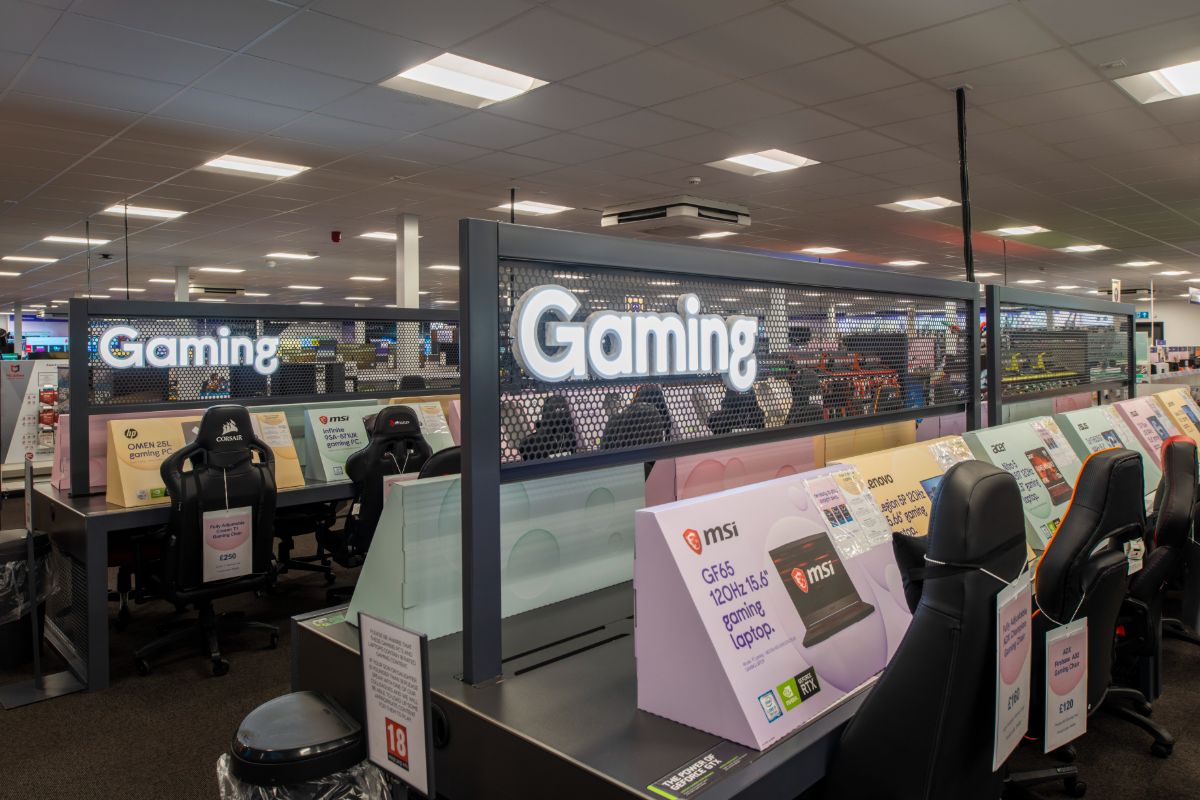UK retailers are continuing to ignore key email marketing techniques that can increase online traffic and sales, and failing to use email to exploit the opportunities offered by the growing popularity of social media marketing. So finds The dotMailer annual email marketing benchmark study, Hitting the Mark, released today and available for download here.
Assessing the emails sent by 36 UK retailers in April 2010, the benchmark study evaluated each email against 16 criteria based on dotMailer’s Hitting the Mark scoring matrix, with each retailer awarded a total score out of 100. Two new categories – social media and mobile – were added to the study in 2010, reflecting the changing nature of recipient behaviour.
This year’s study delivered some shakeups in the Hitting the Mark league table. After two years in top position, Marks & Spencer has been knocked off the top spot by HMV and Republic – an impressive jump of 14 places for Republic, with joint high scores of 72. New Look and Figleaves came in joint second – a top scoring new entry for New Look. At the other end of the score board, both the Early Learning Centre and Harrods experienced significant drops.
Disappointingly, 73% of the 30 retailers that featured in last year’s study achieved lower scores this time round; and only 33% of all retailers studied in 2010 scored 70 or above. The average score of 67 for 2010 was the same as 2009, and down four points on 2008’s average of 71.
This year’s report includes a new section on social media marketing. Scores here were low, with a dismal average of 5.7 out of 15. Just 17% of email campaigns studied included any ‘share on social network’ links and with only four of the retailers included a link to their blog in the email content, a further seven had blogs on their site but no reference to them in the email. Other opportunities to build mailing lists and help recipients spread their marketing messages virally were overlooked by the majority of the retailers surveyed, with 50% not even including a ‘forward to friend’ link in their email.
Last year’s report criticised retailers for failing to personalise their emails with the name of their recipients This year the scores have declined even further, with just three of the 36 campaigns we studied using any kind of personalisation at all in their salutation. What’s more, although 33% of the retailers collected extra data when we signed up to receive their emails (e.g. gender, interests) only four of them actually used this data to tailor the email content they sent.
Research findings have shown that 19% of recipients will not read an email that they think is spam, and a further 19% will perceive an email as spam if it’s blank when the images are turned off. Overall low average scores in the categories of Renderability and Coding in this report indicate that retailers are not taking the relatively simple and straightforward steps to overcome the risk of being mistaken for spam.
The Hitting the Mark league table
Top Five Performers Index
HMV 72
Republic 72
Figleaves 70
New Look 70
Hamleys 69
The Entertainer 69
Worst Five Offenders Index
Harrods 50
ELC 49
H&M 49
Lidl 48
STA 48
Currys 46
“For two years in a row, there has been no obvious improvement made by the retailers we have assessed, which is disappointing given some of the simple steps that can be taken to boost the effectiveness of email marketing,” said Tink Taylor, Managing Director at dotMailer and an elected member of the Direct Marketing Association’s Email Marketing Council. “Email offers a highly cost-effective, trackable and accountable way of communicating with prospects and customers, but this latest study shows that too many companies are still getting it wrong.
“The study clearly demonstrates a lack of integration between email and social media, despite the latter’s growing popularity and influence. The combination of these two marketing disciplines offers new ways for retailers to really engage with their stakeholders to deliver meaningful results such as interactions online, sales and loyalty, but too many are failing to integrate these channels.”
Using the information contained within the report, dotMailer’s Tink Taylor has outlined five top email marketing tips for retailers striving to ride out the recession:
1. Include forward to a friend and ‘add to social networks’ links – only 17% of the retailers assessed included ‘add to social networks’ links in their email messages. Viral and word-of-mouth marketing can provide lucrative opportunities to spread marketing messages, drive traffic, collect contact data and increase revenue – at little or no cost to the marketer.
2. Add links from your email campaigns to your social media pages and blog – Email can be a powerful and highly effective tool for driving traffic and signups to your organisations social media sites, helping to build further engagement and sales opportunity
3. Personalise your greeting – Opening an email with a personalised greeting can significantly improve both open and click-through rates by engaging the recipient and helping to establish one-to-one communication. 92% of the emails we looked at failed to do this, a big increase on the 70% in 2009.
4. Check renderability before sending – 19% of recipients will delete an email unread if it fails to render (display) correctly. There is still more work to be done in this crucial area with only 8% of emails we studied rendering correctly in every type of email account.
5. Make sure your template has a good balance of text to images – as well as helping your campaign to pass spam filters, this ensures an email is readable when images are switched off by the email client – a simple step that can increase open rates by up to 40%!
6. Initiate some action – the key to the success of an email campaign is to help recipients answer these three questions: Who is it from? What’s in it for me? and What shall I do next? Make sure you provide clear guidance on what you expect a recipient to do once they have read your email, for example click through to a product page, forward it to a friend, or contact your team. A third of retailers failed to provide a clear call to action.








